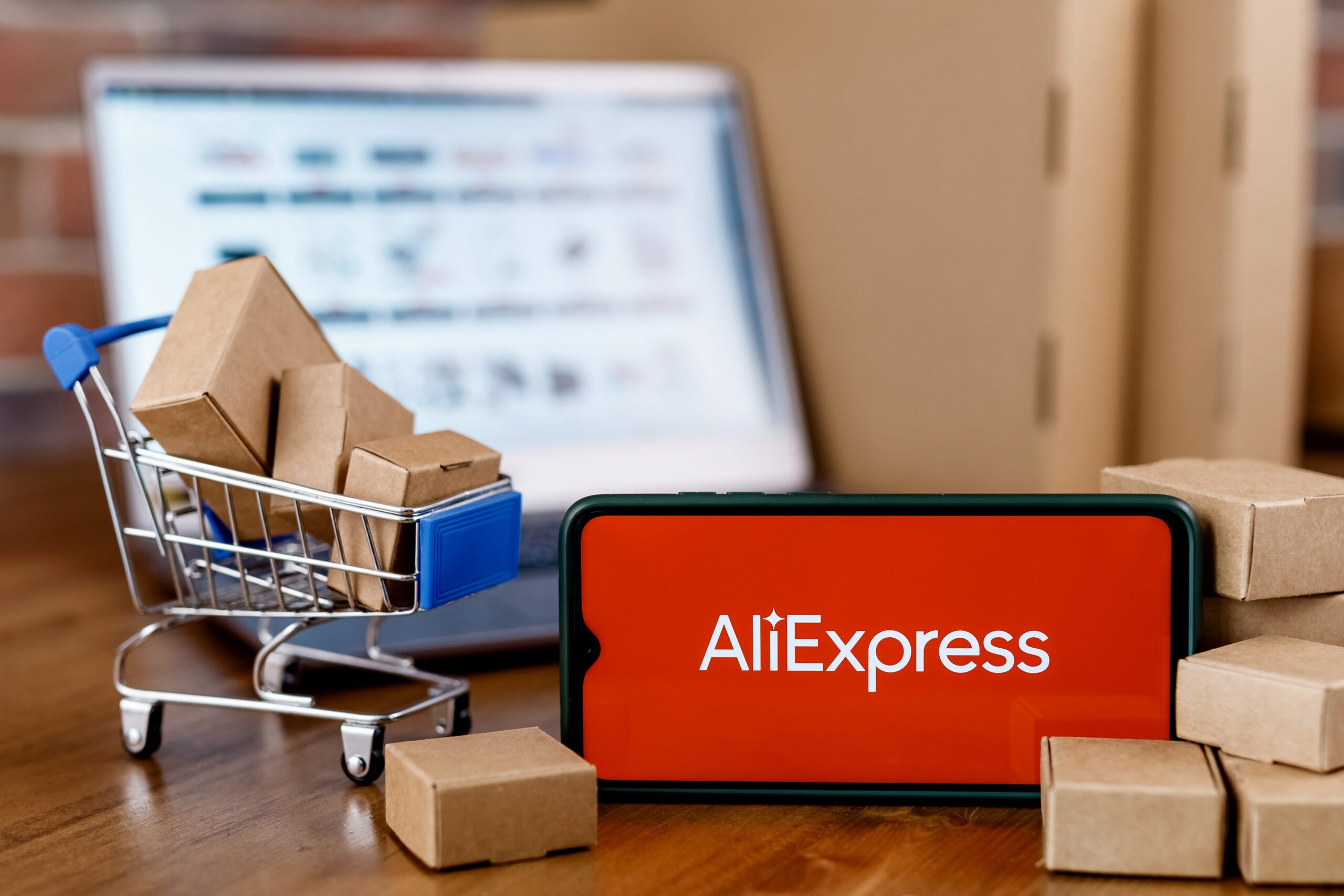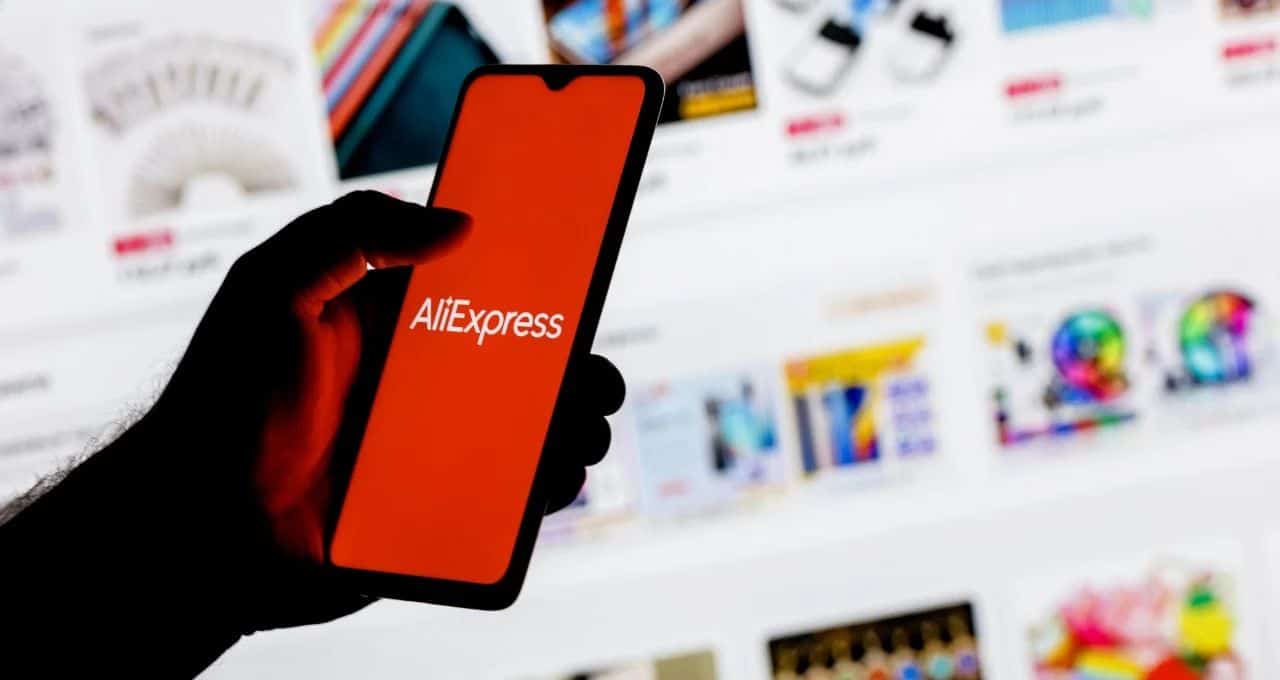How does VAT invoice process work?

The VAT (Value Added Tax) invoice process is a crucial component of business transactions in many countries around the world. Understanding how this process works can help businesses manage their tax obligations efficiently, ensuring compliance with regulations and maximizing their potential for profitability. In this article, we will explore the VAT invoice process in detail, covering its significance, different types of VAT invoices, key elements, and common challenges faced by businesses. You’ll also discover tips on effective VAT management, which can streamline operations and enhance financial accuracy.
Understanding VAT: A Brief Overview
Value Added Tax, commonly referred to as VAT, is a consumption tax placed on the value added to goods and services at each stage of production or distribution. Unlike some other taxes, VAT is ultimately borne by the end consumer; however, businesses play a vital role in collecting and remitting this tax to the government.
VAT is prevalent in many countries, and its rates can differ significantly. Understanding the VAT system is essential for businesses as it impacts pricing, cash flow, and overall financial planning.
The Importance of VAT Invoices
VAT invoices are critical for both businesses and tax authorities. They serve several key purposes:
- Proof of Transaction: VAT invoices provide evidence of sales between businesses and their customers.
- Tax Compliance: They are necessary for businesses to claim input tax credits, ensuring that they pay only the net VAT due.
- Financial Record Keeping: VAT invoices help in maintaining accurate financial records, facilitating smooth accounting and auditing processes.
The VAT Invoice Process: Step-by-Step
1. Issuing a VAT Invoice
When a business sells goods or services, it must issue a VAT invoice to the customer. The following information is typically included in a VAT invoice:
- Invoice Date: The date when the invoice is issued.
- Unique Invoice Number: A unique identifier for each invoice.
- Supplier’s Information: Name, address, and VAT registration number of the supplier.
- Customer’s Information: Name and address of the customer, which can be an individual or a business entity.
- Description of Goods/Services: Detailed description, including quantity and unit price.
- VAT Rate Applied: The rate of VAT that has been applied to the invoice.
- Total Amount: The total amount due, including VAT.
2. Receiving a VAT Invoice
Upon receiving a VAT invoice, businesses should verify its accuracy to ensure that all required information is present. This includes ensuring that the supplier’s VAT number is valid and that the invoice is properly formatted.
Businesses can claim the VAT paid as an input tax credit; however, only valid VAT invoices can be used for this purpose. Therefore, meticulous attention during this process is essential to avoid compliance issues.
3. Recording VAT Invoices
Both the supplier and the customer must maintain accurate records of their VAT invoices. Proper record-keeping practices involve:
- Storing Invoices: All issued and received invoices should be stored for a set number of years as required by tax regulations.
- Accounting Software: Using bookkeeping or accounting software can streamline the recording process and ensure accuracy.
- Regular Reconciliation: Periodically reconciling recorded invoices with bank statements helps identify discrepancies.
4. Filing VAT Returns
At the end of a specified period, usually quarterly or annually, businesses must file VAT returns with the tax authorities. This return summarizes the total VAT collected from customers and the VAT paid on purchases. In this step, precise calculations are vital:
- Output Tax: The total amount of VAT collected on sales.
- Input Tax: The total amount of VAT paid on purchases.
- Net VAT Payable: If output tax exceeds input tax, the business owes VAT to the government; if input tax exceeds output tax, the business can claim a refund.
Types of VAT Invoices
VAT invoices can be categorized into different types based on the nature of the transaction. Here are the most common types:
1. Standard VAT Invoice
A standard VAT invoice is issued for sales that include VAT. It contains all the necessary details as outlined earlier.
2. Simplified VAT Invoice
In some jurisdictions, simplified VAT invoices can be issued for smaller sales, which may have fewer requirements but still show the amount of VAT charged.
3. Pro Forma Invoice
A pro forma invoice is an estimate of the costs to be incurred in a transaction. It does not constitute a formal request for payment. However, it can be useful for customers to understand pricing before a formal invoice is issued.
Challenges in the VAT Invoice Process
While the process seems straightforward, businesses often encounter challenges related to VAT invoices, including:
- Incorrect Invoicing: Errors in VAT rate application or invoice details can lead to compliance issues and potential fines.
- Complex Regulations: VAT laws can vary widely across different jurisdictions, complicating international transactions.
- Delayed Payments: Late payments from customers can affect cash flow, complicating VAT return submissions.
Best Practices for Managing VAT Invoices
To ensure smooth VAT management and compliance, businesses should consider implementing the following best practices:
- Automate invoicing: Using software solutions can minimize human error and streamline the invoice generation process.
- Stay Informed: Regularly update your knowledge of VAT regulations as laws can change frequently, affecting compliance.
- Train Staff: Ensure that staff involved in accounting and invoicing understand VAT processes and the importance of accurate and timely invoicing.
The Role of Technology in VAT Invoice Management
Technology plays a pivotal role in simplifying the VAT invoice process for businesses. Here are some technological solutions that can enhance VAT invoice management:
- Accounting Software: Tools like QuickBooks, Xero, or Zoho assist in automating invoicing, tracking expenses, and maintaining records.
- Cloud-Based Solutions: Cloud platforms allow easy access to financial data from anywhere, aiding in real-time collaboration and reporting.
- E-invoicing: Implementing electronic invoicing processes not only speeds up transactions but also facilitates streamlined VAT reporting.
Conclusion
Having a clear understanding of the VAT invoice process is essential for businesses of all sizes. By following best practices, leveraging technology, and staying abreast of regulations, businesses can navigate the complexities of VAT efficiently. Ultimately, this can lead to cost savings, improved cash flow management, and enhanced financial accuracy, ensuring your business remains compliant and competitive in today’s marketplace.

LINK:
The VAT invoice process is crucial for businesses and consumers alike, ensuring compliance with tax regulations and enabling transparency in transactions. A VAT invoice provides necessary details such as the seller’s information, goods or services rendered, VAT amount charged, and the total amount due. Understanding how the VAT invoice works helps businesses manage their tax obligations efficiently, preventing legal issues. Additionally, accurate VAT invoicing supports smooth operations, improves cash flow, and strengthens buyer-seller relationships. By taking the time to grasp this process, businesses can enhance their financial health and maintain trust with their customers while navigating the complexities of taxation.
FAQ
What is a VAT invoice?
A VAT invoice is a document that proves a transaction has occurred and includes details about the VAT charged on a sale. It typically contains the seller’s details, buyer’s details, a description of goods or services, the VAT amount, and the total price.
Who needs to issue a VAT invoice?
Any business that is registered for VAT and sells goods or services is required to issue a VAT invoice. This ensures compliance with tax laws and allows businesses to reclaim VAT on purchases.
What information must be included in a VAT invoice?
A VAT invoice should include key details such as the seller’s and buyer’s names and addresses, the invoice date, a unique invoice number, a description of the goods or services, the VAT rate applied, the total amount including VAT, and the VAT amount.
How does VAT impact pricing?
VAT affects pricing by increasing the total cost of goods or services to consumers. The VAT rate is added to the net price of the product, which businesses must consider when setting prices to maintain profitability while remaining competitive.
Can a business reclaim VAT charged on a purchase?
Yes, businesses registered for VAT can reclaim the VAT paid on purchases made for their business operations. This is typically done through a VAT return, where businesses report the VAT they collected and the VAT they paid.

